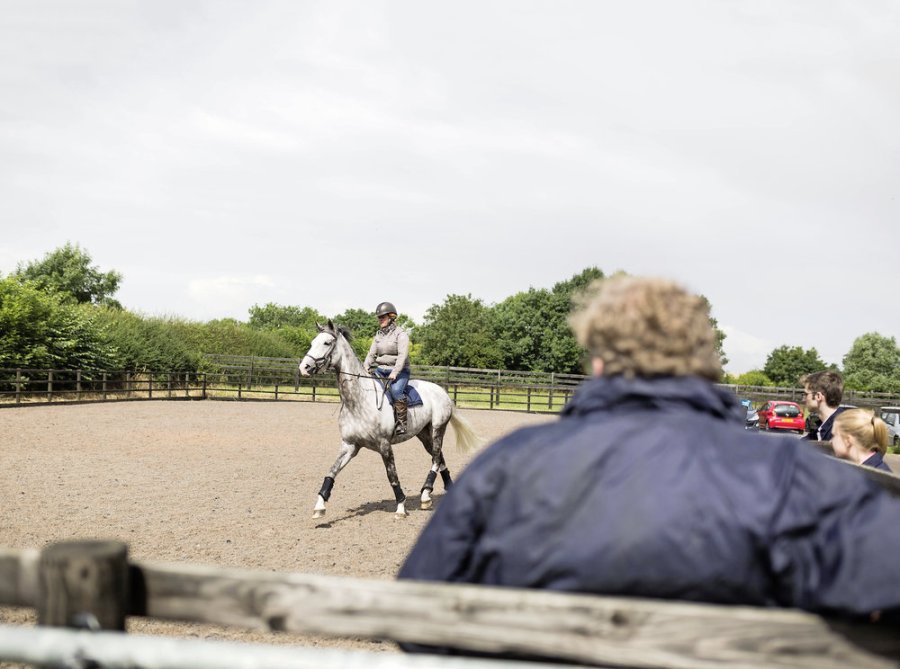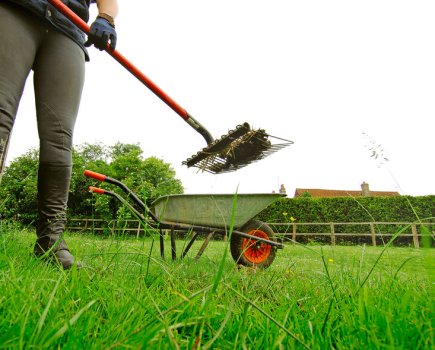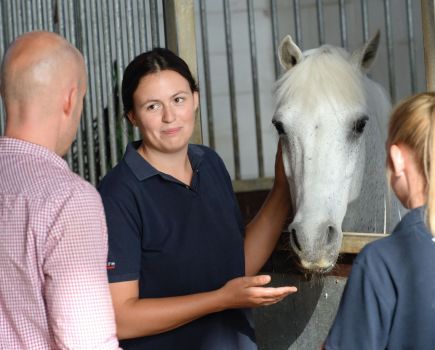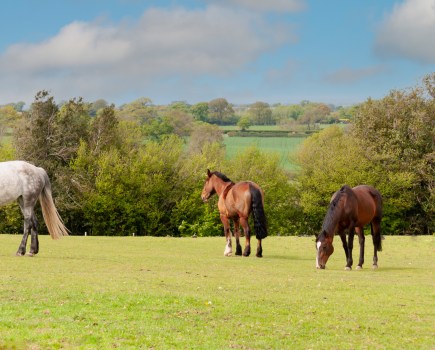Lameness isn’t restricted to the front limbs, but if there’s a problem affecting the hind legs, chances are you’re less likely to spot it.
With hind limb lameness, you’re often never walking behind the horse so don’t easily spot it.. Vets often get a call where the owner has noticed a change in their horse’s performance but they haven’t called about a lameness at all.
If you notice that your horse is suddenly struggling to perform movements that he found easy only a few weeks ago, it might be worth a call to your vet to check him over.
A common problem seen in performance horses is proximal suspensory desmitis (PSD), This affects the top part of the suspensory ligament where it attaches to the cannon bone. It’s similar to a repetitive strain injury and appears over time. Along with changes when you ride, you might notice other symptoms like bucking, napping or him feeling lethargic
PSD is generally caused by doing the same thing repeatedly, and is more likely with a weak hind limb conformation with long, sloping hind pasterns. Certain surfaces are also thought to be to blame.
Some surfaces have been made to give the horse extra grip, but this can put more pressure on his suspensory ligament. When landing during a stride, the horse’s foot needs to sink and slide forward to absorb shock, but some artificial surfaces can actually prevent the foot sliding forward.
Along with this, training your horse before he’s physically ready can have a big impact on his future health.
A lot of horses, like big-moving young warmbloods, struggle with this condition. While the horse can be trained to perform exercises – like extension in their paces – when they’re young, it’s often before they’re physically ready. The horse naturally moves with expressive and exaggerated limb movements, but doesn’t have the bulk or muscles to support these actions. They can be damaged by repetitive or uncoordinated strain on weak and immature limbs. It’s best to delay training until they’re mature enough to handle it.
Tips to avoid lameness
Keep him fit: Your horse is more likely to become injured if he’s unfit, so ensure you’ve got your horse fit enough to do the next level up from whatever you’re doing. Keeping an eye on his weight will also help to alleviate pressure on his joints
Use different surfaces: Soft ground places more strain on soft tissues such as ligaments, while roadwork will increase concussion to his joints, making degenerative diseases more likely
Check your saddle: A saddle should be checked at least once a year. An ill-fitting saddle can cause back pain, putting stress on other parts of your horse’s body
Balance his feet: Good foot balance is vital for making sure that the horse’s body weight and pressure on his joints is even
Vary his training: Cross training your horse will not only stop him from getting bored, but help him use and build up different muscles, giving him more support
Don’t miss the latest issue of Your Horse Magazine, jam-packed with training and veterinary advice, horse-care tips and the latest equestrian products available on shop shelves, on sale now.









